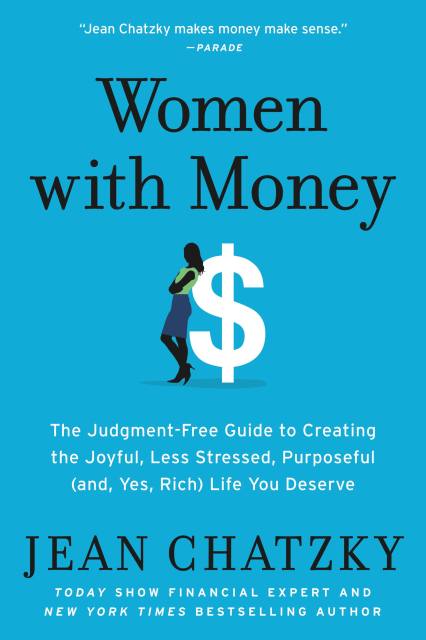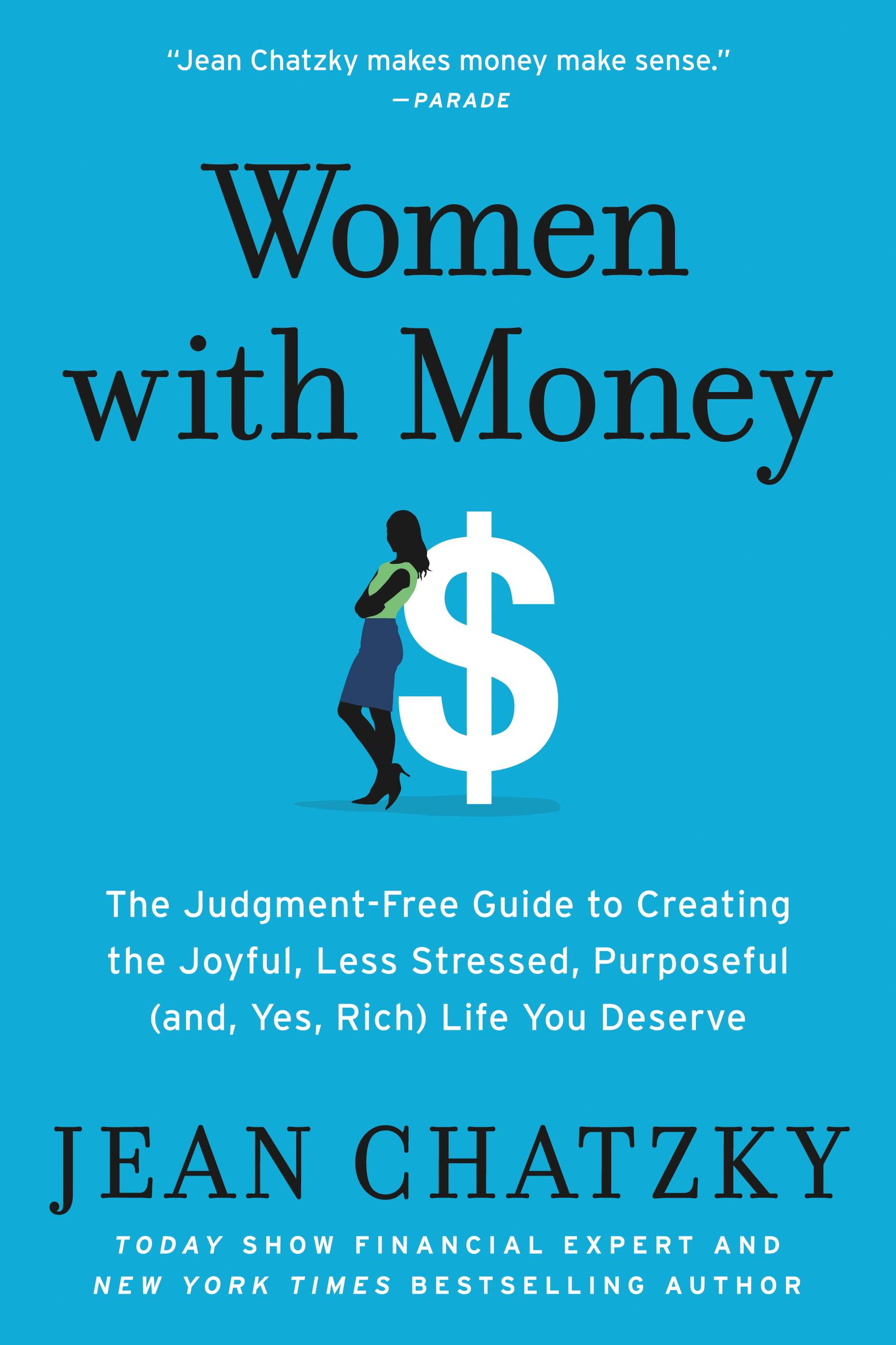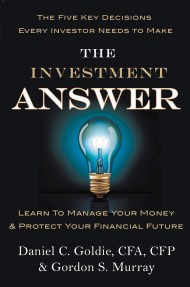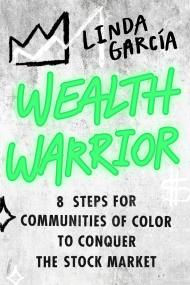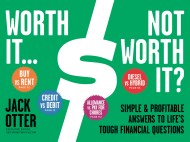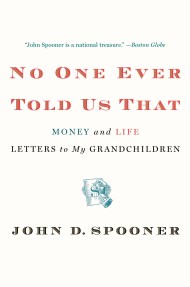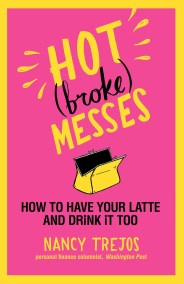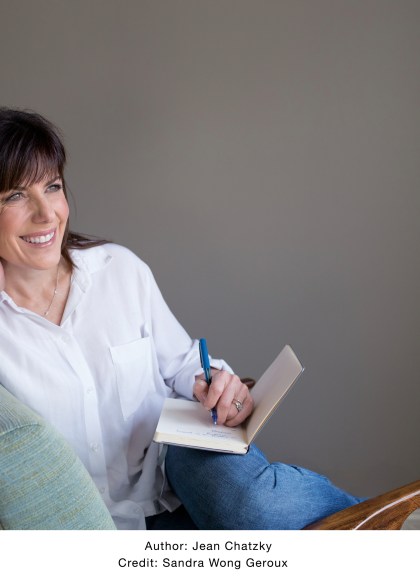Promotion
Use code MOM24 for 20% off site wide + free shipping over $45
Women with Money
The Judgment-Free Guide to Creating the Joyful, Less Stressed, Purposeful (and, Yes, Rich) Life You Deserve
Contributors
By Jean Chatzky
Formats and Prices
Price
$14.99Price
$15.99 CADFormat
Format:
- ebook $14.99 $15.99 CAD
- Hardcover $28.00 $36.50 CAD
- Audiobook Download (Unabridged)
- Trade Paperback $18.99 $23.99 CAD
This item is a preorder. Your payment method will be charged immediately, and the product is expected to ship on or around March 26, 2019. This date is subject to change due to shipping delays beyond our control.
Also available from:
Ask successful women what they want from their money and they’ll tell you: independence, security, choices, a better world, and–oh yes–way less stress, not just for themselves but for their kids, partners, parents, and friends. Through a series of HerMoney Happy Hour discussions (when money is the topic, wine helps) and one-on-one conversations, Jean Chatzky gets women to open up about the one topic we still never talk about. Then she flips the script and charts a pathway to this joyful, purpose-filled life that today’s women not only want but also, finally, have the resources to afford.
Through Chatzky’s candid three-part plan–formed through detailed reporting with the world’s top economists, psychiatrists, behaviorists, financial planners, and attorneys, as well as her own two decades of experience in the field–readers will learn to:
1. Explore their relationships with money,
2. Take control of their money, and
3. Use their money to create the life they want.
Women With Money shows readers how to wrap their hands around tactical solutions to get paid what they deserve, become inspired to start businesses, invest for tomorrow, make their money last, and then use that money to foster secure relationships, raise independent and confident children, send those kids to college, care for their aging parents, leave a legacy, and–best of all–bring them joy!
Genre:
- On Sale
- Mar 26, 2019
- Page Count
- 288 pages
- Publisher
- Grand Central Publishing
- ISBN-13
- 9781538745373
Newsletter Signup
By clicking ‘Sign Up,’ I acknowledge that I have read and agree to Hachette Book Group’s Privacy Policy and Terms of Use
